Wednesday 8th January 2025, Haughmond Hill
A cold and very frosty morning greeted us when we arrived at Haughmond Hill.
We parked and met at the roadside close to the access point at the southeastern corner of the site.
The recent snow had gone but the water from the snow melt, and the sub-zero temperature, had left the road coated, in places, in sheets of ice...
As I soon discovered when I went for a free session of ice-skating when rounding the car. Fortunately no harm was done but it prompted me to put on my boots which, I hoped, had a better grip.
A thorough search of the car boot soon revealed the truth…
I had left my boots at home!!!
What should I do?
Fortunately, a colleague had a spare pair of wellingtons, which I donned with great gratitude.
Getting on to the site from the cars required careful navigation over various patches of ice, but once we were on, the paths were fine and reasonably easy to negotiate.
My grand plan was to take the lowest path that followed the southern and, if we got that far, the western border of the site, rather than take the usual route up to the summit.
Unbeknown to me we missed that path and took the next path departing from the main track a few yards further on.
As we were going along this path, I soon realised we (I?) had made a mistake. However, as it was taking us to a part of the site I had not visited before, we followed it as it made its way gently upwards across the slope.
The vegetation up to this point had been tall scrub, dominated by Gorse, which yielded very little to our searching but now, where it had opened out, we were able to find a micro-moth that is usually seen as a leaf mine in the leaves of Apple and similar trees, Lyonetia clerkella.
Not long after, we found the larva of the Ingrailed Clay moth.
Looking around we had a good, but not unhindered, view of the snow-capped Wrekin.
Moving on, the path took us through a couple of areas of Eucalyptus. This seemed a strange tree to find on these slopes.
The species was later identified as Eucalyptus urnigera. Here is a picture of some of its leaves and fruits.
There are no Shropshire records of this species, but Forestry England has, apparently, done some experimental planting on Haughmond fairly recently. We did not see any seedlings so it may be that they will not spread.
We carried on traversing the slope and slowly getting higher up the hill, pausing every now and then to take a look at the vegetation and using our bits of equipment to try and discover what was lurking there
.
The answer was very little, as any sensible beast would be well out of harm’s way and not tempted to venture forth.
Amongst the leaf litter we found a springtail stalking ground beetle, Notiophilus biguttatus.
And yes, it does prey on springtails (and mites).
Also found around this time was the larva of a Speckled wood butterfly.
Time for lunch.
Refuelled we headed straight up the remaining short distance to one of the main paths through the woodland near the top of the hill.
Decisions, decisions! Which way to go?
We delayed this by spending time investigating the vegetation around the area where we had emerged, finding another micromoth.
This could not be identified to species as it would need dissection to confirm its identity. It was either Acleris ferrugana or Acleris notana.
We decided to go right, leading us back towards our starting point and started the long trek...
Pausing every now and then to check our surroundings, finding:
A patch of fungus identified as Lycoperdon pyriforme, known as Stump puffball.
A fly with big red eyes, Opetia nigra.
And a wingless wasp that we have not identified.
After a while our path met the main track on which we had started our day’s journey. We took it, continuing our periodic dives into the undergrowth to see if we could find anything of interest.
A small plant bug, Dicyphus stachydis. This is a very common bug and found on woundwort, nettles and many other plants.
Another bug, This time the ground bug Peritrchus geniculatus.
By now we were within sight, although some distance away from, our cars. As the cold was penetrating our many layers we decided we needed an excuse for a huddle for a mutual warming session before making the final descent. A quick suction sample of the more luxuriant vegetation at the side of the path was undertaken to give us that excuse.
Not everyone was included!
Was he warm enough or ....?
Our final treat of the day was to see The Wrekin capped with snow, surrounded by mist pretending it was Mount Fuji.
My thanks to Forestry England for granting us permission to do what we enjoy doing, the photographers for their excellent images and allowing me to use them in this report, and most importantly on the day, the lender of the wellingtons.


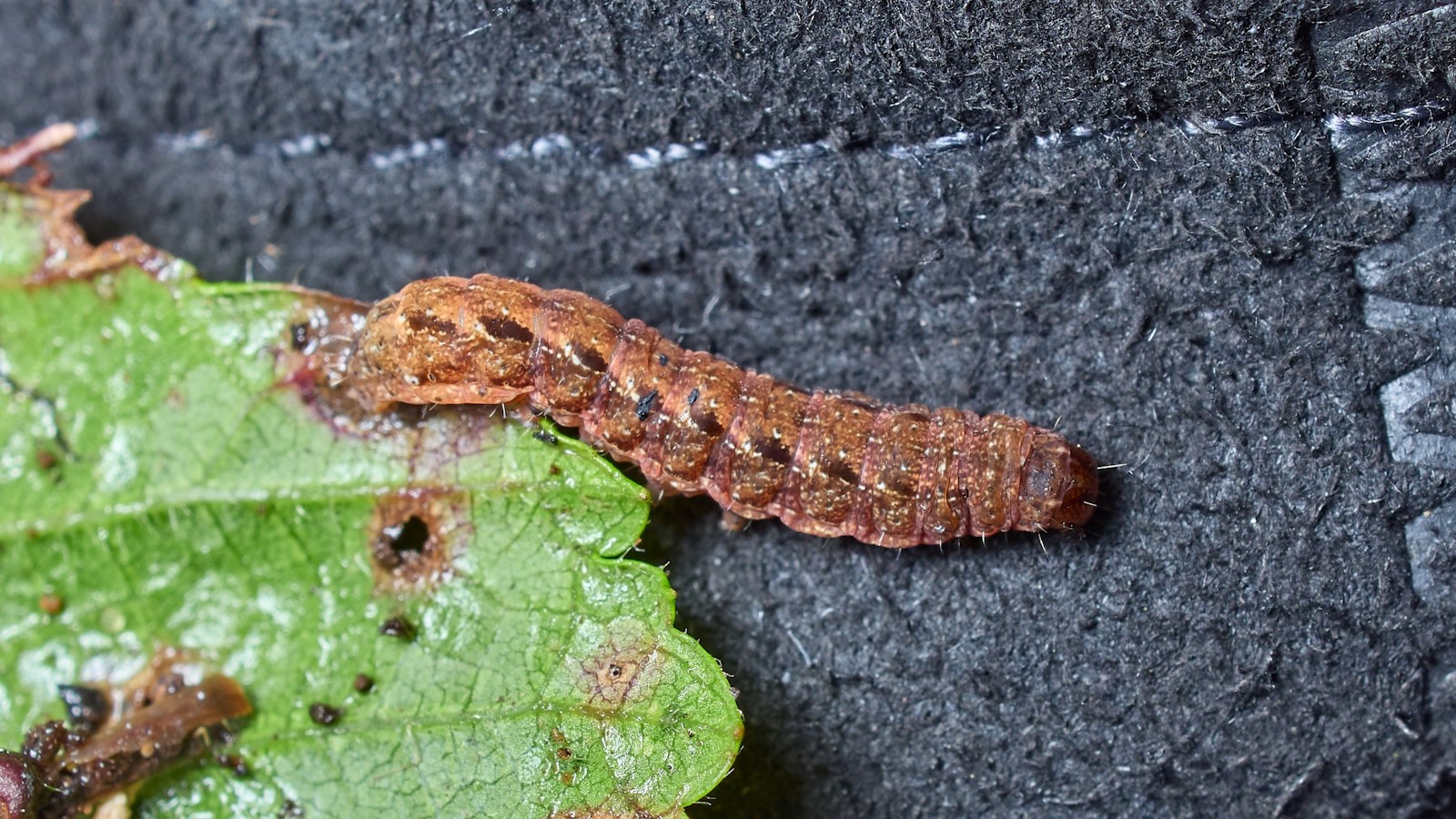








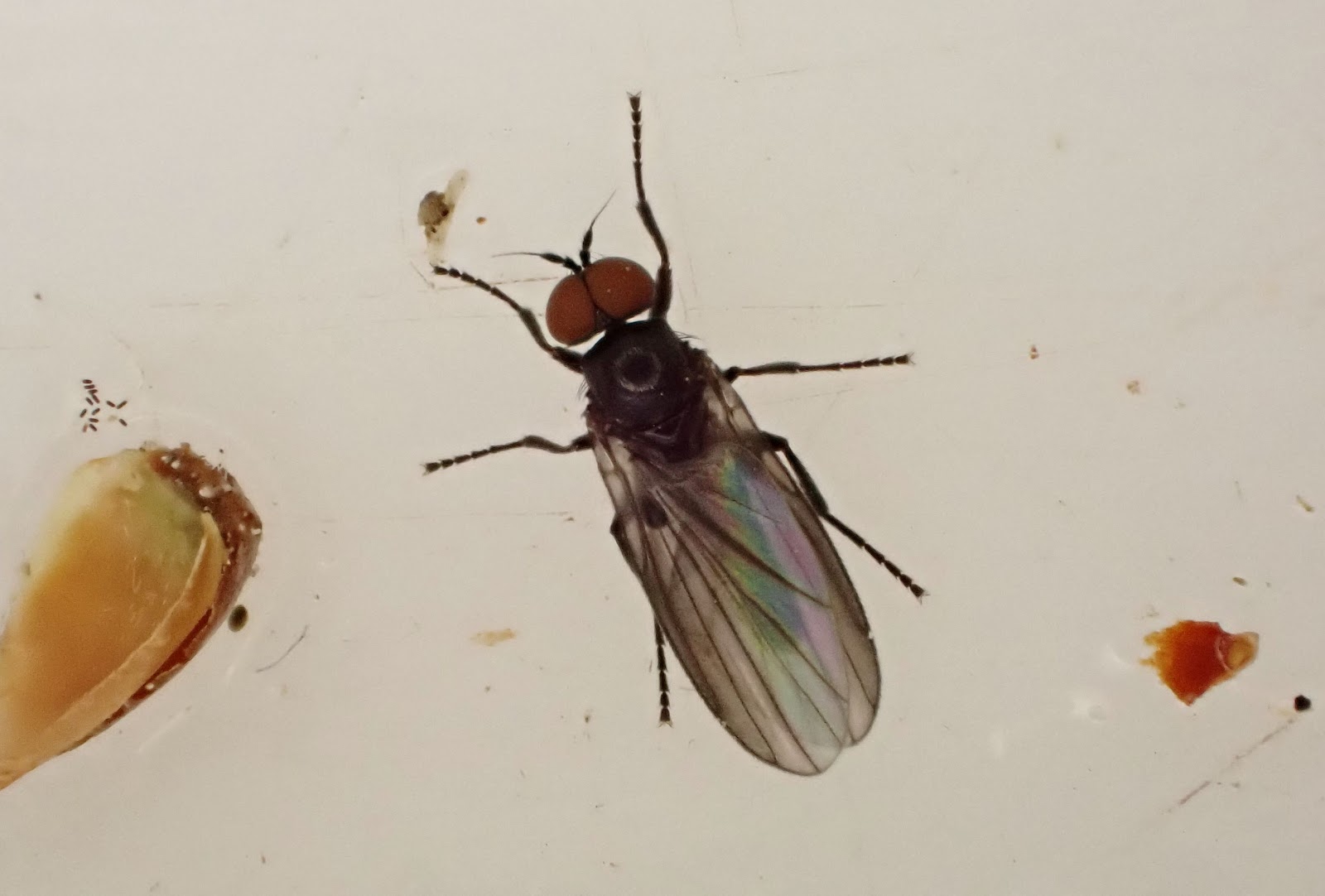










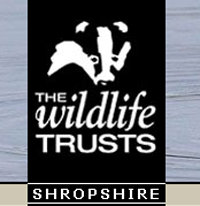

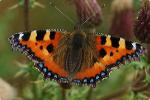




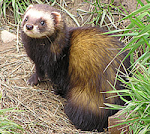

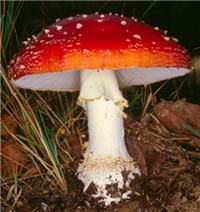












No comments:
Post a Comment
Please feel free to comment on this post...